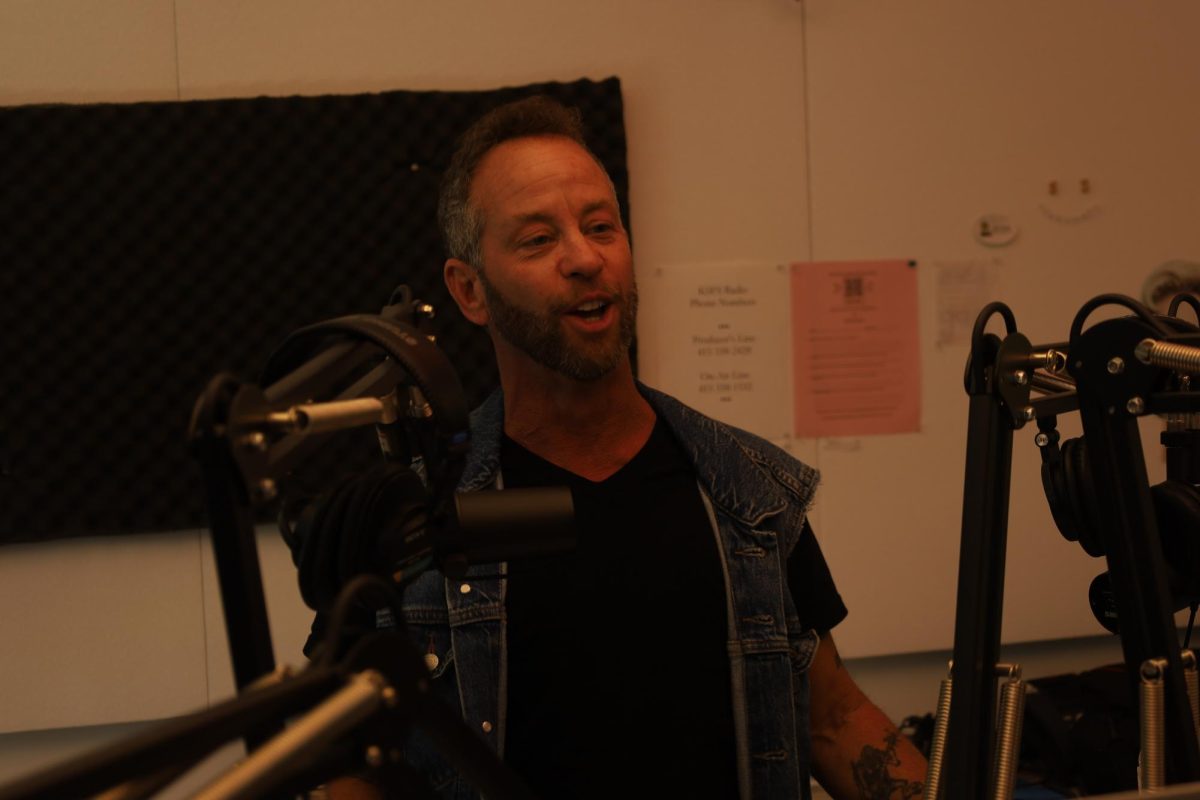Scientists and educators gathered last week to hear a visiting professor’s latest research on the San Andreas Fault.
Kim Blisniuk, assistant professor in the department of Geology at San Jose State University, discussed the 100,000 year geomorphic history of large earthquake displacements on the fault in the fourth installment of the Distinguished Speakers Series hosted by the Geology Department.

“The Coachella Valley section of the San Andreas Fault system hasn’t ruptured in over 300 years, so there is a high probability for a large magnitude earthquake to occur,” Blisniuk said
The talk was bookended this month by several small California quakes: Earlier in September by small tremors in Piedmont and Avenal and on Sunday by a shallow, 3.2 magnitude earthquake hit 11 miles from Yosemite Valley, according to the United States Geological Survey.
These minor quakes, between the 2.0 and 3.0 range, were strong enough to be felt, but not to cause damage. However, though these strings of earthquakes have been miniscule, it is still important to be prepared for an Blisniuk said.
According to Blisniuk, the San Andreas Fault usually has the occurrence of a major earthquake every 200 year – the last one occurring more than 300 years ago. So an earthquake could be “locked and ready to go,” Blisniuk said.
When preparing for an earthquake, the American Red Cross website is a good place to find earthquake kit ideas and lists of supplies that should be kept in an emergency supply kit, said Reginald Parson, interim University police chief.
“Emergency planning and coordination is a campus wide effort and so it would be great to involve students in the process,” Parson said.
When evacuating from the main campus, or any of classrooms, Jacqueline Foley, Associated Students, Inc. vice president of University affairs, said that the quad would be a good place to go to for safety.
“I think it would be great if every classroom had a medical kit and supplies and for each professor to know where supplies are and have an access point for evacuation,” Foley said.
Associated Students Vice President of Internal Affairs, Jordan Thomas, said that it would be a good idea if students kept emergency supply kits at hand in the event of an earthquake.
“Always have extra things on hand or supplies, just in case something were to happen, even if that’s just extra food and an external battery for your phone to make calls,” Thomas said.
“In San Francisco it (an earthquake) can be a big deal,” Foley said, stressing the importance of student preparedness.
In terms of evacuation plans, Thomas said it would be good to follow basic earthquake evacuation procedures and to cover your head.
“Speaking only for myself, I would follow basic procedure of protecting myself, especially my head during an earthquake and then evacuate when possible and try to help others,” Thomas said.
In terms of evacuating from student dorms, Natalie Lam, a resident assistant for University Park North, said that evacuation usually takes place after an resident assistant approves.
However, Lam said that, “The West Campus Green and the Stonestown parking lot is a safe bet for students.”





